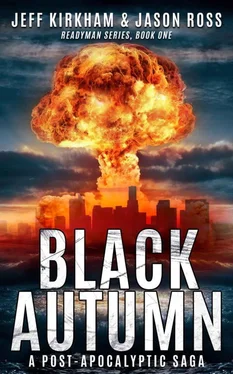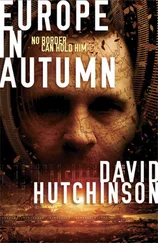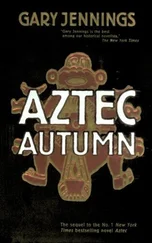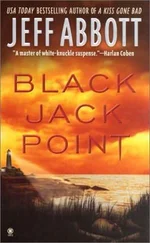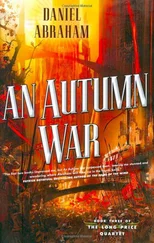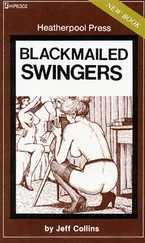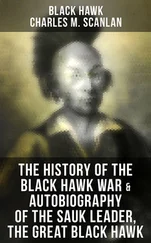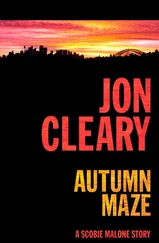On his drive into South Valley, Jimmy tuned to CNBC Radio, hoping to catch news of the stock market. Right away, it was obvious something big was going down, even bigger than the bomb.
The SEC had executed a market-wide trading halt, something Jimmy didn’t remember ever happening. The Dow had dropped over twenty percent in two hours in response to the news of the nuclear attack on a major energy resource.
According to the radio, the dirty bomb exploded near the city of Abqaiq, Saudi Arabia, at the head of the East-West Pipeline, destroying the pumping station and raining radioactive fallout over a wide region, including the oil tanker pumping stations at Al Juaymah. The same pumping stations had been attacked with car bombs by Al Qaeda in 2006, but nobody could say for sure who was behind last night’s attack. There was no evidence of a missile launch. Suspicions, of course, ran toward Iran, but the Iranians emphatically denied responsibility.
The actual damage to the world petroleum supply was unclear, especially since the Saudi royal family wasn’t providing much information. Even so, enough was known to trigger a reaction from the markets: a bomb had hit the East-West Oil Pipeline, and an unknown number of oil fields and docking facilities had been destroyed or otherwise closed due to radiation.
The result was an overnight forty-three dollar increase in the price of a barrel of oil, more than three times the largest single-day jump ever recorded. Energy experts were screaming that such a price increase was unjustified—that new oil capacity in the United States and Canada would more than make up for the loss. But nobody was listening to the experts at this point.
Oil prices had previously reached historic lows and the global economy had been building a bubble on the back of cheap gas. With cheap energy becoming expensive energy overnight, nobody could predict how it would impact anything, from the price of feed corn to the value of Apple Computer stock. The confusion had only one direction to go―panic.
The SEC pulled the plug on all stock trades in the United States, and the other stock exchanges quickly followed suit. The markets went dark.
Jimmy knew enough about markets to know this was bad—really bad. He considered turning his car around and heading back home. He shook off the rumble in the pit of his gut and kept heading toward the office. His boss wanted him there to help put out fires. Jimmy was working a $4.2 million property deal that was supposed to close tomorrow. It was anyone’s guess how the bank was going to respond to the market closures.
Things would be fine, Jimmy told himself. He stared out his car window as he drove south along the Interstate 215 belt route looking out over the Salt Lake Valley. It was a gorgeous day. The fall-dressed mountains towered over the freeway, fresh and pristine. The valley below bustled with activity, its inhabitants going about life like any other day.
It was hard to picture the number of people living in the Salt Lake metropolitan area. He knew the number—more than one million people—but he couldn’t imagine what a million people actually looked like. From the freeway, high on the bench, he could see businesses, parks, homes, and office buildings stretching out all the way to the Oquirrh Mountains on the west side of the valley. A shallow bowl cradled Salt Lake City, rimmed by granite-capped mountains, ten miles wide by twenty-five miles long—and it held that multitude of people, all going about their business.
How unfathomable would it be if a single bomb eight thousand miles away could disrupt the lives of a million souls in Salt Lake City on this perfect day? The idea seemed ludicrous.
Something tickled the back of Jimmy’s mind—a book he had read when he was in college. More accurately, it was a book he’d skimmed. Jimmy had taken an upper-level economics class and his professor recommended a book as extra credit— The Coming Dark Age , by an Italian economist, Roberto Vacca.
Jimmy needed the extra credit, so he’d bounced around the book barely well enough to sound knowledgeable. It had been an awful read, but the main idea suddenly reappeared, in the mystical calculus of memory, twenty-five years later.
The author had argued that the post-industrial world was actually more fragile than the pre-industrial world—that relatively small disturbances could push complex, modern society off the edge of a socio-economic cliff. The old economy, where people grew their own food and fixed their own cars, was capable of absorbing bigger hiccups, much like Third World countries do every day, but because each person in Western civilization only knew how to do his or her specialized job, and because they demanded an extraordinarily high standard of living, the author argued that people would freak out and burn society to the ground if a big enough “black swan event” shocked the system.
The example that came to Jimmy’s mind was trucking. He had heard somewhere that stores held only three days of food on hand at any given moment. If an interruption occurred in finance, and a truck driver wasn’t convinced that a paycheck awaited him at the end of his run, he wouldn’t make the drive. He would go home instead. If a lot of truck drivers shared the same lack of confidence at the same moment, grocery stores would run short of food and people would panic, hoarding whatever they could find and leaving stores wiped out. Along with hoarding would come rioting and, with rioting, would come even greater fear. After a big enough surge of fear, all the systems of modern society would crash.
Jimmy looked over the valley and thought again about those million people. What would they look like jammed into a stadium? He tried to picture it.
He had heard statistics at a Rotary Club meeting last winter: the million people of Salt Lake City required about twenty million gallons of clean water each day. They consumed over two thousand megawatts of electricity. They each ate two thousand calories of food per day. Almost all of that food came from far away—a good portion from Mexico and Brazil, some five thousand miles over water and rails.
What if the threads of finance, food and electricity all broke at once? Could the spider web of modern society crash to the ground?
This idea defied Jimmy’s imagination. Modern society had always made it possible for more and more people to live healthy, abundant lives. The old economist had written his doom-and-gloom book back in the seventies. But the prosperity of the United States since then had utterly disproved his warnings. Things had continued better than ever.
Still, in light of what he was hearing on the radio, Jimmy wondered. Could economic dominoes—energy, banking, transportation, communications, law and government—fall because of some weird event half-way around the globe?
It seemed impossible, especially on this fine day, in his fine car, wearing his fine suit.
• • •
Levan, Utah
Union Pacific Railroad Yard
By 11:00 a.m., there were already a hundred fifty semis piled up in the yard, waiting to offload coal from the biggest coal mine in Utah, the SUFCO mine in Sevier County. But there were no trains, which meant no coal could be offloaded.
Because of endless government dickering and countless environmental impact studies, the mine and the railroad had been struggling unsuccessfully for sixteen years to get a short-line railroad to connect the SUFCO mine with the town of Levan. Each day, six hundred semis drove from Sevier to Levan, an unnecessary trip of eighty-five miles.
Dante Morales, director of the yard where the coal transferred from the trucks to rail cars, had been yelling at everyone he could at Union Pacific headquarters in Omaha, Nebraska. Those hundred fifty trucks waited like ugly prom dates for a train to arrive. So far, nothing. Still no train.
Читать дальше
